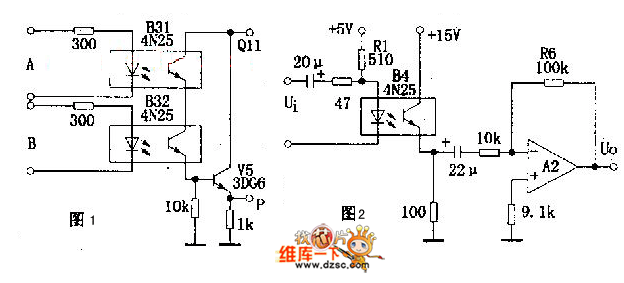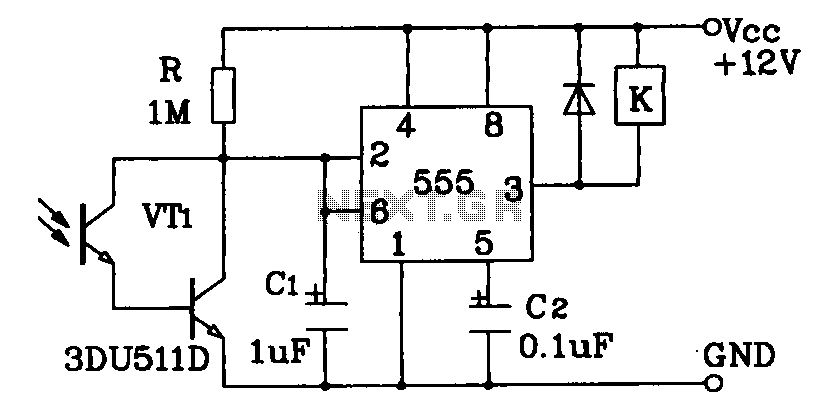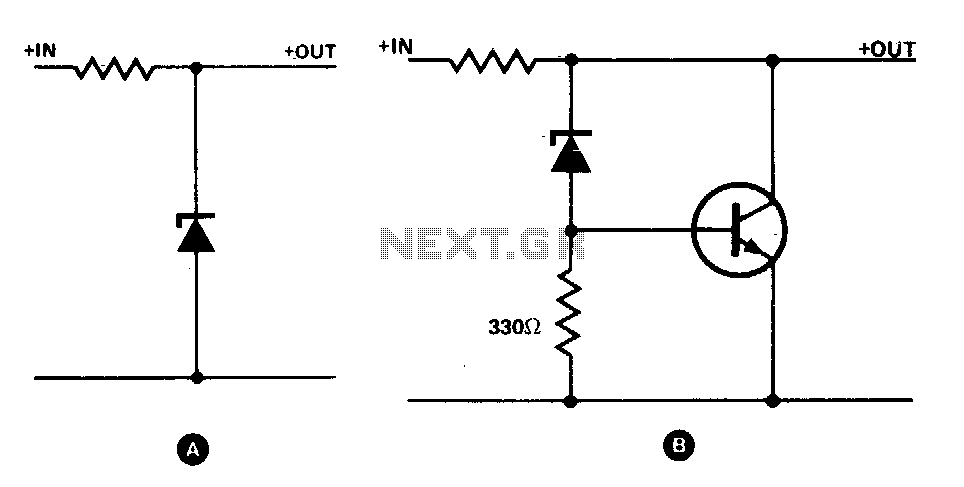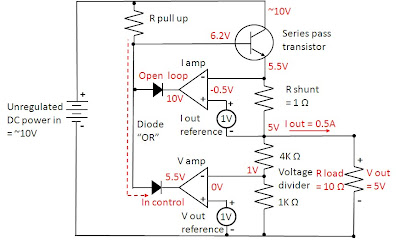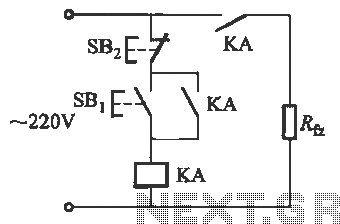
Logic Circuits Vs Transistor Power Circuits
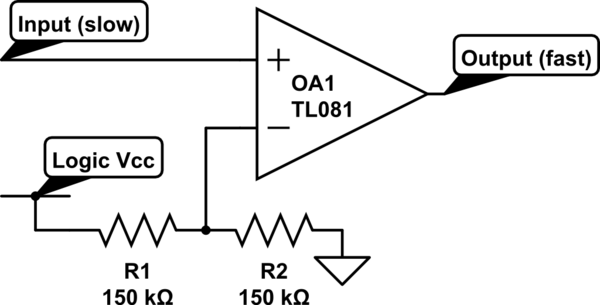
Invert a signal to drive FETs with rapid rise and fall times. It was suggested to use an inverter (not a chip) instead of logic chips, which are designed to be either fully ON or OFF. The individual has prior experience with 555 timers and transistor/FET power circuits but has not worked with logic chips. The inquiry seeks to identify any potential challenges or specific considerations when integrating a NOT inverter into a 555 output for switching a FET without issues. Additionally, the individual is interested in general tips regarding logic circuitry that may not be immediately apparent to someone with their background.
To achieve the goal of inverting a signal for driving FETs with fast rise and fall times, a discrete inverter circuit can be constructed using a combination of transistors. This design allows for greater control over the switching characteristics compared to standard logic chips. The key components in this circuit include a bipolar junction transistor (BJT) or a MOSFET configured as a NOT gate.
The basic operation involves using a resistor to pull the base of the BJT high when the 555 timer output is low, turning the transistor ON, which in turn pulls the output low. Conversely, when the 555 timer output is high, the transistor is turned OFF, allowing the output to rise. The choice of resistor values and the transistor type will significantly affect the rise and fall times of the output signal. It is essential to select a transistor with a suitable switching speed and ensure that the pull-up resistor is appropriately sized to achieve the desired performance.
When implementing this circuit, several considerations must be taken into account. The power supply voltage and current ratings of the FET being driven must be compatible with the output characteristics of the inverter circuit. Additionally, the layout of the circuit should minimize parasitic capacitance and inductance to ensure fast switching times. Proper decoupling capacitors should be placed near the power supply pins of the 555 timer and the inverter circuit to prevent voltage dips during switching.
Furthermore, it is crucial to understand the input and output impedance characteristics of the 555 timer and the inverter circuit. The output of the 555 timer should be capable of driving the base or gate of the inverter transistor without significant voltage drop. It may be beneficial to simulate the circuit using software tools to evaluate performance before physical implementation, ensuring that the desired switching characteristics are met.
In summary, building a discrete inverter circuit with careful attention to component selection and circuit layout will enable effective signal inversion for driving FETs. Understanding the nuances of logic circuitry and the specific requirements of the components involved will enhance the reliability and performance of the final application.Invert a signal to drive fets with hard/fast rise and fall times. I was told in another thread to use an inverter (NOT chip). This makes perfect sense to me since logic chips are always hard ON or OFF by design. But I`ve never worked with logic chips before. All I`ve dealt with is 555s and transistor/fet power circuits. Are there any `gotchas` or special things I need to know to implement a NOT chip into a 555 output to switch a FET without any hiccups For that matter, are there any `gotches` or things in general that apply to logic circuitry that someone with my background wouldn`t know and might stumble on 🔗 External reference
To achieve the goal of inverting a signal for driving FETs with fast rise and fall times, a discrete inverter circuit can be constructed using a combination of transistors. This design allows for greater control over the switching characteristics compared to standard logic chips. The key components in this circuit include a bipolar junction transistor (BJT) or a MOSFET configured as a NOT gate.
The basic operation involves using a resistor to pull the base of the BJT high when the 555 timer output is low, turning the transistor ON, which in turn pulls the output low. Conversely, when the 555 timer output is high, the transistor is turned OFF, allowing the output to rise. The choice of resistor values and the transistor type will significantly affect the rise and fall times of the output signal. It is essential to select a transistor with a suitable switching speed and ensure that the pull-up resistor is appropriately sized to achieve the desired performance.
When implementing this circuit, several considerations must be taken into account. The power supply voltage and current ratings of the FET being driven must be compatible with the output characteristics of the inverter circuit. Additionally, the layout of the circuit should minimize parasitic capacitance and inductance to ensure fast switching times. Proper decoupling capacitors should be placed near the power supply pins of the 555 timer and the inverter circuit to prevent voltage dips during switching.
Furthermore, it is crucial to understand the input and output impedance characteristics of the 555 timer and the inverter circuit. The output of the 555 timer should be capable of driving the base or gate of the inverter transistor without significant voltage drop. It may be beneficial to simulate the circuit using software tools to evaluate performance before physical implementation, ensuring that the desired switching characteristics are met.
In summary, building a discrete inverter circuit with careful attention to component selection and circuit layout will enable effective signal inversion for driving FETs. Understanding the nuances of logic circuitry and the specific requirements of the components involved will enhance the reliability and performance of the final application.Invert a signal to drive fets with hard/fast rise and fall times. I was told in another thread to use an inverter (NOT chip). This makes perfect sense to me since logic chips are always hard ON or OFF by design. But I`ve never worked with logic chips before. All I`ve dealt with is 555s and transistor/fet power circuits. Are there any `gotchas` or special things I need to know to implement a NOT chip into a 555 output to switch a FET without any hiccups For that matter, are there any `gotches` or things in general that apply to logic circuitry that someone with my background wouldn`t know and might stumble on 🔗 External reference

